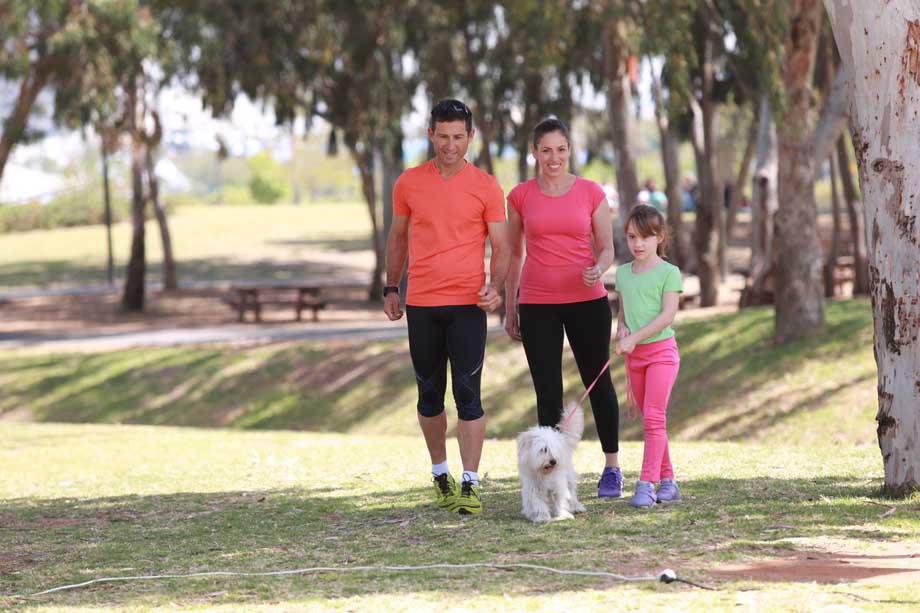
Among adults aged 18-64 physical activity includes daily activities such as walking, dancing, gardening, playing, cycling, swimming and a variety of similar recreational activities. According to the World Health Organization (WHO), in order to improve cardiovascular fitness, strengthen muscle tone and bone health, and reduce chronic diseases and depression, it is recommended and desirable to:
- Do at least 150-300 minutes (half an hour a day) of moderate aerobic exercise over the week or 75-150 minutes of high-intensity aerobic exercise over the week or an equivalent combination of the two.
- For additional health benefits (details below), you should perform 300 minutes (five hours) of aerobic exercise per week or 150 minutes (two and a half hours) of high-intensity aerobic exercise.
- To strengthen the muscles, you should combine moderate or high-intensity exercises involving large muscle groups (like the back and legs), on at least two days a week.
Cumulative scientific knowledge has shown that active people benefit greatly from physical activity, and this is reflected in the following:
- Less likely to experience morbidity of any type, coronary heart disease, hypertension, stroke, type 2 diabetes, metabolic syndrome, colorectal and breast cancer, and depression.
- Are less likely to have vertebral and hip fractures.
- Maintain higher levels of stamina and lung endurance.
- Maintain more stable and healthy weight.
So how do you get started? Incorporate activities into your daily routine – because every minute counts!
When you incorporate exercise into your daily activities and regular chores, it is easier to persevere and incorporate the activity as a natural part of your routine. You can start with a daily walk at a comfortable and convenient time. If possible, you can set regular times for activities. You should try to find a partner to accompany you during the activity: a family member, friends, neighbors, or co-workers with whom you can maintain the activity routine.
Another important recommendation is to try to make the time you spend on the activity a quality time. For example, if you are walking alone, think of your walking time as free of worries, devoted to thinking and “clearing your head” while observing and enjoying the surrounding nature. If you go with a partner or a group of people, you can turn the experience into a social gathering and talk while maintaining your personal walking pace.
You can try to reduce the use of vehicles and if possible walk, even part of the way, to work, school, meetings and errands. For example, when traveling by public transport, it is advisable to get off one stop before your destination stop and walk the distance, which will increase your daily walking time. You can also opt for the stairs over elevators.
Start one step at a time: use your daily routine to be active!
- Take the stairs rather than the elevator
- Walk the kids to school
- Do your shopping and errands on foot
- Park a short distance away
- Walk with friends, have “walking meetings”
- Take a walk break
In short: “Collect” opportunities for a few minutes of exercise at a time. You do not have to free a whole hour, buy special equipment or expensive shoes. Simply, every minute counts.

Further reading
WHO Global Recommendations on Physical Activity for 18-64 years old
Canadian Physical Activity Guidelines for Adults 18-64 Years, Canadian Society for Exercise Physiology
Guidelines on the Israel Ministry of Health Website (Hebrew)
Encouraging physical activity for children - 60 minutes (downloadable poster in Hebrew)
Encouraging physical activity for children - 60 minutes (downloadable poster in Arabic)
Encouraging physical activity in the golden years - just keep moving (downloadable poster in Hebrew)
Encouraging physical activity in the golden years - just keep moving (downloadable poster in Arabic)
Resistance band exercises (Hebrew)



